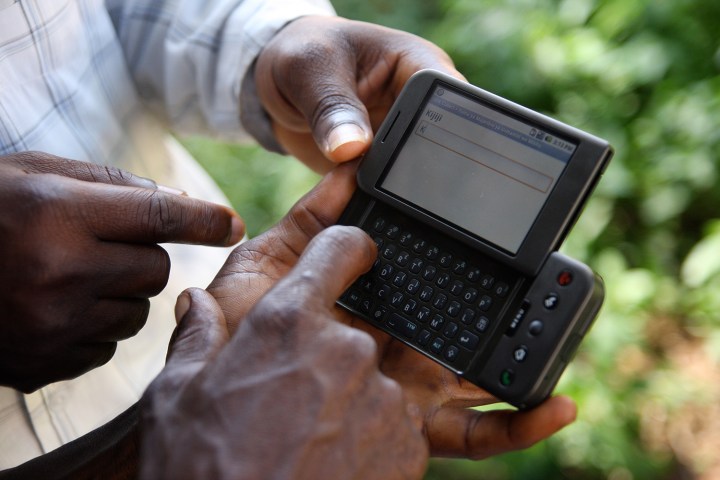Have you ever wondered what kind of phones we would have today if Apple didn’t introduce the iPhone to the world? Thanks to some new info from Android co-founder Rich Minder, we sort of have an answer to that.
Miner wrote a Twitter thread Monday evening calling out an error made in an article published by Business Insider. He said that in 2005, Google and Android — the latter of whom was acquired by the former company at the time — were concerned about Microsoft dominating mobile phones the same way it dominated PCs with the launch of Windows Mobile. In response, Android pitched Sooner and Dream, two phones that would act as “small computers in your pocket, broadening access and enriching their services with location.”
All along we were working on 2 phones, Sooner, more blackberry-like & Dream, touchscreen based. After the iPhone launch we did cancel Sooner to focus on Dream (eventually the Google G1) but its design changed little from this rendering made 5 months before the iPhone launched. pic.twitter.com/lC8m0WolgE
— Rich Miner (@richminer) October 31, 2022
Miner shared a photo of the render for Dream, which would eventually go on to be known as the T-Mobile G1/HTC Dream. What’s interesting is that this version of the G1 was created five months before the launch of the iPhone — and it shows a very different-looking phone compared to the final version of the G1. The G1 here shows a touchscreen that slides up to reveal a green QWERTY keyboard with a curve on the side.
Unfortunately, Android was forced to cancel the Sooner phone after the iPhone launched in 2007. As for the G1, Miner said the company slightly changed its design to “appease” Steve Jobs, who wasn’t too happy about Android competing with Apple.

The final redesign for the G1 became the T-Mobile exclusive HTC smartphone — and the first Android smartphone on the market — called the HTC Dream (or T-Mobile G1, depending on where you live), which was released in September 2008. It got rid of the giant wheel button on the right and replaced it with a smaller trackball in the middle between the call, home, return, and end buttons. The slider retained the touchscreen, but it was a little flatter than the original design, and the buttons on the QWERTY keyboard protruded a little more
The HTC Dream was sold outside the U.S. in white, whereas the T-Mobile G1 came in black. While the original design for the G1 made it look more futuristic, the final design was more practical while retaining the side curve. The Dream was discontinued in 2010.
Editors' Recommendations
"Android" - Google News
November 02, 2022 at 03:15AM
https://ift.tt/6qTFReK
Here’s what Android phones might have looked like without the iPhone - Digital Trends
"Android" - Google News
https://ift.tt/9yso4ip
https://ift.tt/OaWD91I
Bagikan Berita Ini














0 Response to "Here’s what Android phones might have looked like without the iPhone - Digital Trends"
Post a Comment